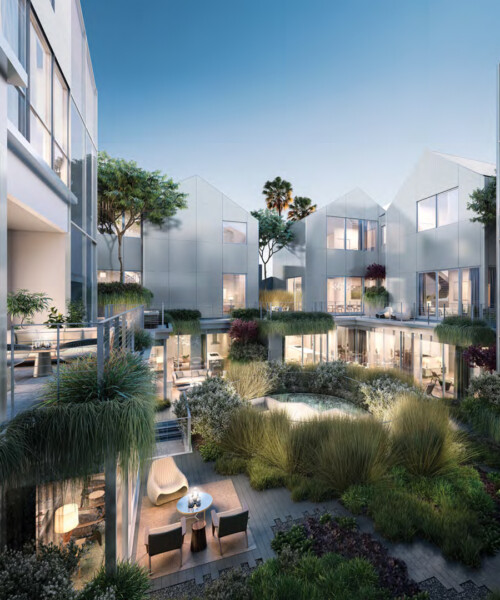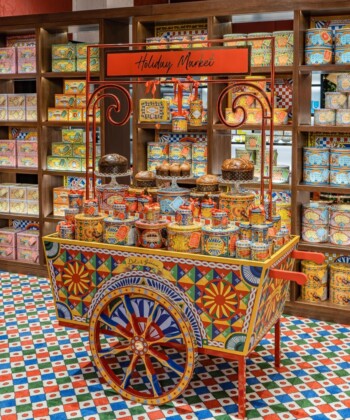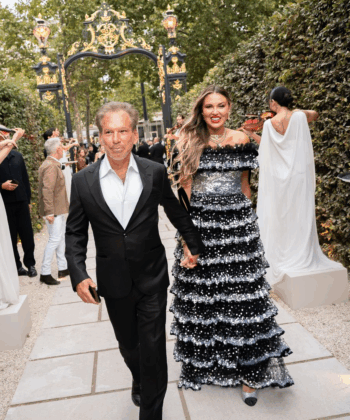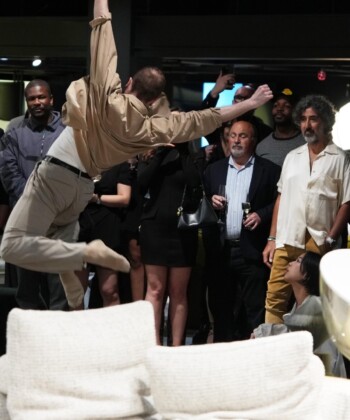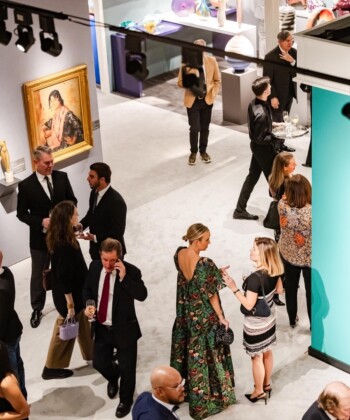Living walls turn urban spaces into pastoral idylls. Enabled by technology and irrigation systems that al-low plants to grow vertically, these botanical tapestries drape office towers, museums, garages, and hotels. Increasingly, such living art walls are also sought-after amenities at haute urban residential developments.
Whether it’s a nod to the contentment, better health, and increased productivity that regular contact with nature fosters or an effort to rid the air of toxins and improve the environment, architects, developers, and landscape architects are also integrating rooftop and tranquility gardens, topiaries, and other leafy spaces into luxe condominiums coast-to-coast.
“As cities continue to become denser, [their] inhabitants will increasingly be deprived of nature and all the positive benefits of connecting with nature,” says Ma Yansong, founder of MAD Architects. “For that reason, we absolutely anticipate the trend of living greenery walls—or really any connection to nature—to grow.”
Native drought-resistant succulents, vines, and plants that evolve with the seasons form a sculpted facade at Gardenhouse, a new Beverly Hills condominium and a first in the United States for China-based Yansong, who uses innovative architecture to balance the natural environment with urban living, helping humans and nature to “be more emotionally connected.”

Exterior walls of the Residences at Gardenhouse in Beverly Hills are wrapped in a vibrant 6,700-square-foot vertical garden.
At 6,700 square feet, the living mural is one of the largest vertical garden walls in the U.S. It also makes the contemporary collection of 18 row houses, garden flats, and sky villas a greenery-wrapped standout along Wilshire Boulevard. On the exterior, the green walls block out the sounds of the city and filter the California sunlight. Inside, residences overlook a courtyard lush with plantings. “You feel as though you are immersed in nature,” Yansong says. Windows open to the vertical garden, “giving residents the feel-ing that they are living in a hillside village, rather than in a metropolitan city,” he adds.
In San Francisco, the 114 new waterfront residences at 2177 Third have rooftop views and a seven-story vertical garden that inspires tranquil living. With geranium bushes, fuchsia shrubs, and 10 other species of flowers and plants, the wall “also provides living public art that surprises those driving or walking past,” says Roman Speron, the condominium’s developer. “It breaks up the massing of the buildings and complements the rich green space” of a new nearby park.
Japanese maples and mature plantings accompanied by a large mural rev up the condo’s internal park. Within the units, organic materials—from the grain of the wood to the veins in the marble—also help transform the snippet of concrete jungle into serene living spaces.
At the 20-story One Steuart Lane condominium in San Francisco, 40-foot wraparound terraces are divided by greenery.

Greenery separates terraces at One Stueart Lane.
“The freestanding living walls serve an important dual function of creating privacy in a discreet and understated way while offering all the benefits that come with a vertical garden,” says Mark Schwettmann, an architect and director at Skidmore, Owings & Merrill.
In New York, One Manhattan Square, an upcoming modern glass residential tower, boasts more than an acre of private exterior gardens—more landscaped area than any other development in Manhattan. Netherlands-based West 8 Urban Design & Land-scape Architecture maximized every inch: Topiary gardens accessed by a sumac meander spiral at the tower’s base, providing myriad ways for residents to explore relaxation lawns, private birch gardens, and an herb garden, along with a putting green, a stargazing observatory, an adult tree house, a tea pavilion, fire pits, social courtyards, and a playground. Inside, a sunken tranquility garden is surrounded by a spa.

Outdoor kitchen and dining by lush private gardens at One Manhattan Square, an 800-foot-tall residential tower in downtown New York.
A half-acre rooftop with hidden garden seating areas and a pool deck cap the new Ritz-Carlton Residences, Miami Beach, a 111-unit luxury condominium with 15 freestanding villas. The sprawling waterfront complex was designed for indoor-outdoor living by Italian architect Piero Lissoni, his first architecture project in the U.S.
Although the freestanding homes were designed from the ground up, most of the complex was an adaptive reuse project converted from six hospital buildings.

A soothing first-floor meditation garden at the new Ritz-Carlton Residences, Miami Beach.
“It’s much more ecologically friendly,” says Allison Greenfield, a partner at Lionheart Capital, the developer, calling the project “a green and resilient way of repurposing old buildings and giving [them] a new life.”
Its seven and a half acres include a Buddha’s belly bamboo arbor, a meditation garden, an urban pocket park, and a seasonal “edible garden” for the restaurant chef. Sea grape, royal poinciana, palms, and gumbo-limbo trees shade lawns and paths to a 36-slip marina.
A vertical garden highlights the lofty lobby at The Harbour, a 425-unit, two-tower luxury condominium that opened last year in Miami Beach. Outside, the garage is covered with living green panels.
Five distinct aromatherapy trails circle the perimeter of the lush five-acre property. With the help of mint, chamomile, lavender, eucalyptus, and gardenia, residents can find nature—and serenity—simply by taking a walk.

























